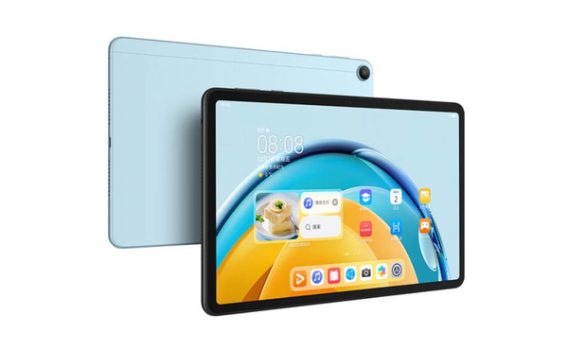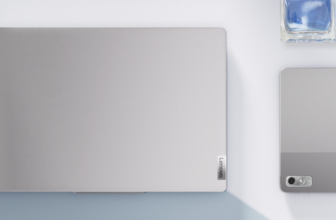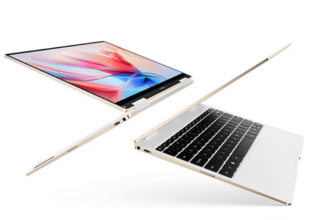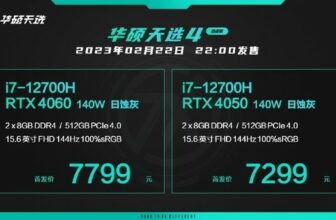In 2023, the 8-inch tablet market faced a new set of challenges. Since 2020, the surge in online learning and remote work fueled the demand for tablets, driving consistent market growth. However, this trend shifted in 2023. With the decline in remote work and online learning, tablet sales took a hit. Additionally, the continuous growth of previous years may have overdrawn the market’s long-term potential, leading to a slowdown that could persist.
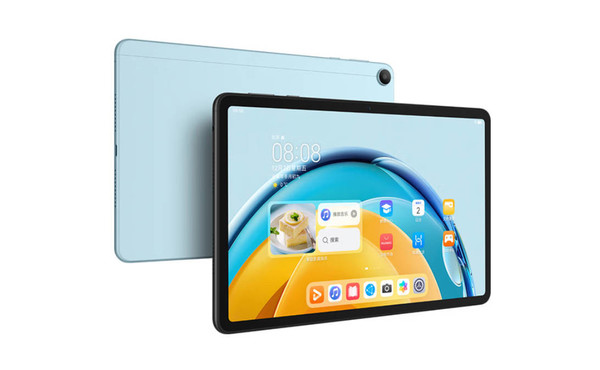
According to an IDC research report, China’s tablet market saw shipments of about 6.69 million units in Q1 2023, showing a decline compared to the previous year. The consumer market remained stable, but the commercial sector dropped by 12.7% year-over-year. Notably, the market shares of leading brands like Huawei and Apple also decreased. As a result, manufacturers introduced more budget-friendly products to attract buyers. While this move expanded the market, it also caused a 4.4% drop in the average unit price of tablets.
Despite these challenges, a surprising opportunity has emerged. The 8-inch tablet market remains largely untapped, with leading brands like Huawei, Xiaomi, OPPO, and vivo yet to introduce models in this segment. While Honor offers the Honor X7, it has not gained widespread popularity. As competition intensifies, this overlooked category might become a new blue ocean for manufacturers.
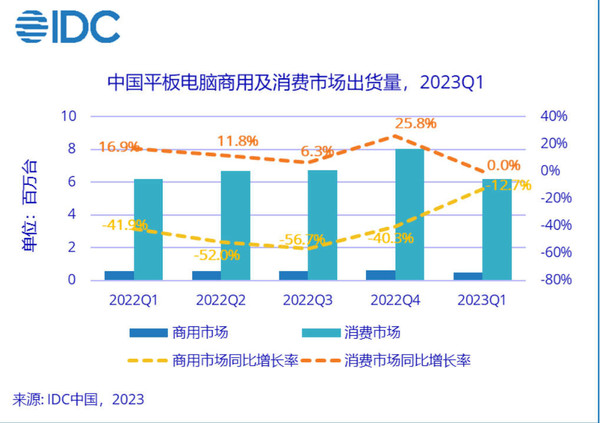
Competitive Pressure and Market Gaps
Mobile phone manufacturers dominate the tablet market. Apart from Apple, companies like Huawei, Honor, Xiaomi, OPPO, and vivo have aggressively expanded their tablet lineups. Lenovo, the world’s largest PC manufacturer, has also ventured into the market through its Motorola brand. Meanwhile, mid-to-low-end tablet manufacturers like Cube and Teclast continue catering to budget-conscious consumers.
Before 2023, mainstream brands focused primarily on 10-inch to 11-inch tablets. Huawei’s MatePad lineup, Xiaomi’s Pad series, OPPO Pad, and vivo Pad all fall within this size range, leading to intense competition. However, a shift is underway. Since 2022, brands have started introducing larger tablets. Xiaomi launched a 12.4-inch version of the Pad 5 series, while newer models like the iQOO Pad, Lenovo Y900, and Honor MagicPad feature 12-inch or even 13-inch displays. This trend suggests that large-screen tablets are becoming a focal point for manufacturers.
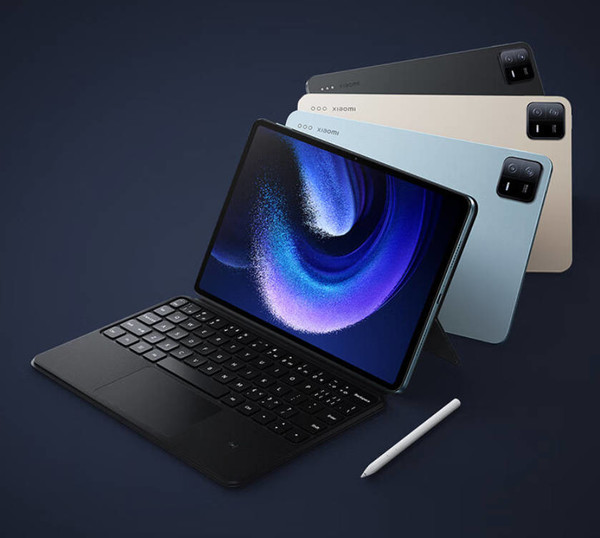
The Rise of 8-Inch Tablets
Despite the growing demand for large-screen tablets, the 8-inch tablet market is quietly regaining traction. Lenovo led the way in 2022 with the launch of the Legion Y700, a gaming-focused tablet powered by the Snapdragon 870 processor. The Y700 gained popularity among gamers, prompting Lenovo to release a new version in July 2023, maintaining its 8-inch form factor.
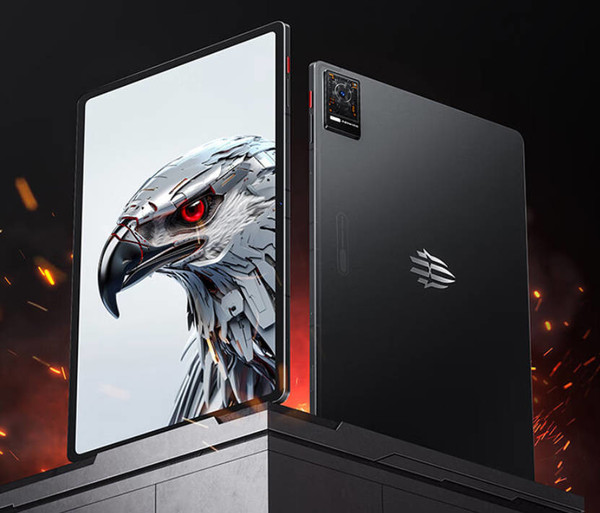
The demand for smaller tablets is even more evident in the budget segment. In May 2023, Cube introduced the iPlay50 Mini, an 8.4-inch tablet with modest specifications. Despite its entry-level Unisoc T606 processor and a 4000mAh battery, its competitive price of 499 yuan ($70) made it a bestseller during the 618 shopping festival. Following its success, Cube quickly launched an upgraded version with improved performance, proving the rising demand for compact tablets.
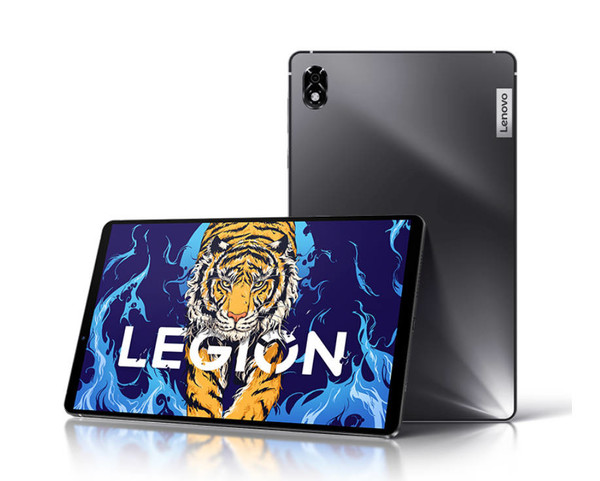
Will Major Brands Enter the 8-Inch Tablet Market?
Given the tablet industry’s stagnation, manufacturers must explore new avenues for growth. Expanding tablet sizes is one approach, but shifting focus toward the 8-inch tablet market presents another opportunity. With increasing consumer interest, major brands may soon enter this space.
Huawei and Xiaomi could be the first to act. In the past, Huawei’s M-series tablets played a significant role in the 8-inch segment, though the last model, the M6, is now outdated. Similarly, Xiaomi’s Mi Pad 4 featured an 8-inch display but has not seen an update in years. If either brand reintroduces a new 8-inch model, it could significantly impact the market.

Additionally, sub-brands like Honor and Redmi might capitalize on the trend. Since 8-inch tablets typically fall within the mid-range and entry-level categories, these brands are well-positioned to develop cost-effective models for this growing segment. However, until new products officially launched, the future of this market remains uncertain.

Conclusion
As the tablet industry navigates a period of slowdown, brands must identify new growth opportunities. While large-screen tablets continue gaining traction, the 8-inch tablet market remains an underexplored niche with rising consumer interest. If leading manufacturers recognize its potential, we could see a wave of new 8-inch tablet models shortly. For more insights on tech trends and product reviews, visit Tinydeals.
